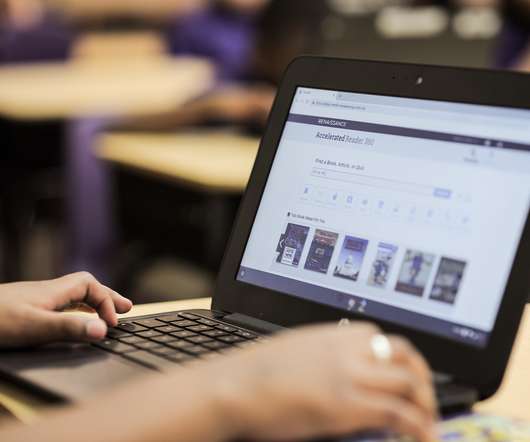Coronavirus is poised to inflame inequality in schools
The Hechinger Report
MARCH 11, 2020
According to the latest survey data from the Pew Research Center, 73 percent of adults have broadband internet at home. While 92 percent of adults from households earning $75,000 or more per year say they have broadband internet at home, just 56 percent of adults from households earning below $30,000 say the same.






















Let's personalize your content